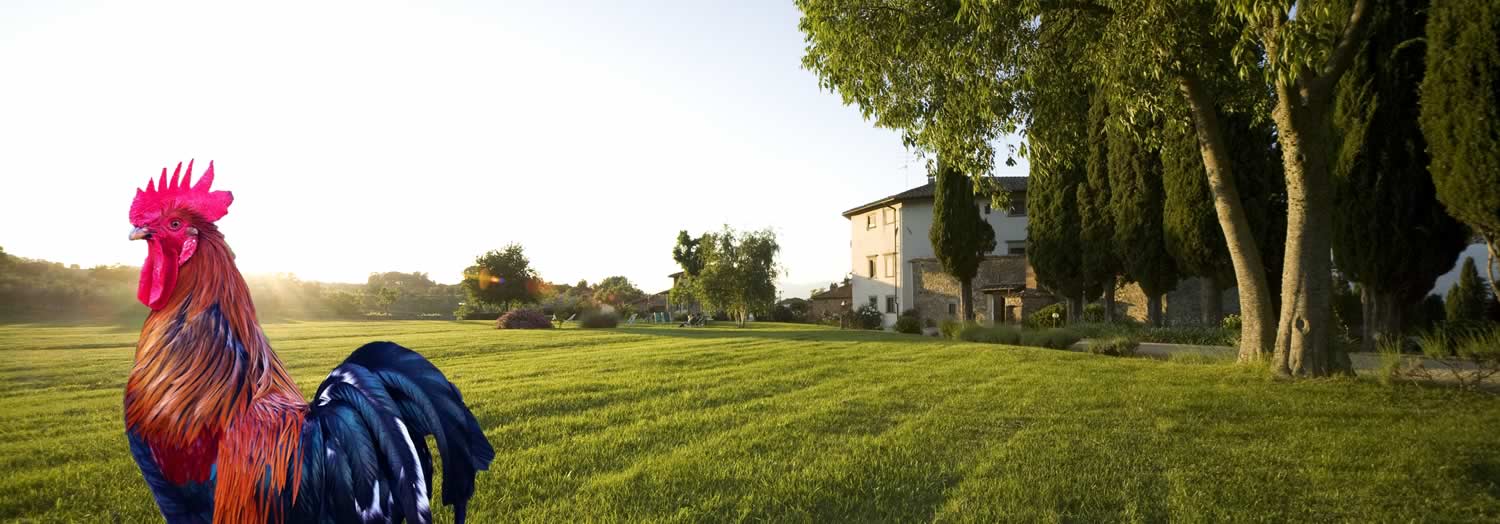
Tuscan dialect, history and curiosities

We know that many writers went to “rinse their clothes in the Arno”, especially during the Risorgimento, to give all of Italy the dialect spoken by Dante, Petrarca, Boccaccio and colleagues. Basis of the Italian language, can the Tuscan dialect still be considered a dialect? And what are the curiosities related to our language? We will find out in this article.
From Florence to Italy
In general, the Tuscan dialect does not have major differences with Italian because it was the basis of our language due to an explicit cultural and political choice. However, there are some differences, which give life to the various vernacular languages such as the Florentine, or the vernacular spoken in Lucca, Pisa, Livorno or Arezzo.
The aspirated C
A predominantly Tuscan characteristic, which has been lost in Italian, is that of making occlusive consonants such as C.
When does this aspiration happen? Generally when the consonant C is a hard sound (as in “casa”) and not a soft sound (as in “ciliegia”); especially then if it is found at the beginning and within the word and is preceded by a vowel or followed by A, O, U.
If the C is preceded by vowels that act as prepositions or conjunctions or if they are accented, there is no aspiration.
It is not aspired, precisely when it has a sweet sound, because it is followed by E and I. Finally, the C does not disappear if preceded by a consonant or if it doubles.
The disappearance of T and V
In Florentine both the consonant T and V very frequently disappear when they are in an intervocalic position: therefore in Italian gone it becomes “anda’o” and table becomes “ta’ola”. The monosyllable “Schi” is often transformed into “sti”, from which derive mastio (for male), stioccare (for smacking), mustio (for musk), stiaccia’a (for schiacciata bread).
Possessive pronouns and adjectives
Compound pronouns such as glielo, gliela, gliele, become gnélo, gnéla, gnele especially if preceded by a verb: fàgnene, dìgnene …
Other Tuscanisms that have not passed into Italian are the use of “te” instead of “tu”.
Also the very common doubling of the dative personal pronoun (“a me mi piace”, “a te ti piace”) and “noi si” (“si va a mangiare, noi si va là”) instead of the first person plural are Tuscan origin.
As for the possessive adjectives, “Mine, mine, mine and mine” become mi’; instead yours, yours, yours, yours become tu’; and finally his turn su’.
The verbs
To do and to go, in the first person singular of the present indicative they become “fo” and “vo”. The infinitive of verbs, which in Italian ends with “-re”, is truncated in Tuscan: go – andà; pèrdere – pèrde and so on.
Come and discover the Tuscan dialect
If you are curious and want to immerse yourself in the Tuscan language, we are waiting for you at Villa Campestri Olive Oil Resort, for a stay a few kilometers from Florence.
Quick Booking snippet
The best panoramic points in Mugello to know before visiting this beautiful land. Mugello, a hidden gem in the heart of Tuscany, is a land of breathtaking natural beauty and stunning vistas. If you’re visiting, there are numerous must-see panoramic point to know before visiting this beautiful land. 1. Monte Giovi Monte Giovi offers a […]
Mugello is a hidden gem offering a perfect mix of history, culture, and natural beauty. One of the most authentic and fascinating experiences you can have in this land is a horseback ride. Traversing the rolling hills, woods, and medieval villages of Mugello on horseback allows you to fully immerse yourself in the magic of […]
Tuscany, an Italian region renowned for its cultural and historical wealth, is home to numerous UNESCO World Heritage Sites. These sites represent not just the architectural and artistic beauty of the region but also its significant historical heritage.
Italian cuisine, celebrated globally, is a mosaic of flavors and traditions. From the rolling hills of Tuscany to the bustling streets of Naples, each region contributes its unique essence to what we recognize as Italian cuisine. This culinary journey explores how history, culture, and regional diversity have shaped the renowned gastronomy of Italy.
Tuscany is world-renowned for its rich winemaking tradition, a heritage rooted in centuries of history and culture. In this detailed guide, which is like a true oenological journey, we will discover not only the fine wines of the region but also the traditions and landscapes that make Tuscany an unmissable destination for wine lovers.
In the heart of Italy, Tuscany stands out as one of the most emblematic regions for wine production. Famous for its landscape of gentle hills, cypress trees, and picturesque villages, this region is also a paradise for wine lovers. Tuscan vineyards, nourished by fertile soil and an ideal climate, produce wines that are appreciated worldwide […]
For those looking for a firsthand experience, the Agricultural Tourism Company Badia di Susinana offers horseback rides and trekking and riding courses with a guide, in addition to hospitality for horses and riders, located in Palazzuolo sul Senio. Alternatively, the Farm I Cavalli del Vento allows crossing beech forests and vast chestnut groves, with rides […]
Sport fishing in Tuscany offers a wide range of opportunities due to the abundance of inland and coastal waters in the region. Specifically, the province of Pistoia, with Lake Nievole in Serravalle Pistoiese, is renowned for trout fishing and other fish such as carp, grass carp, tench, and sturgeon, with a catch and release rule. […]
